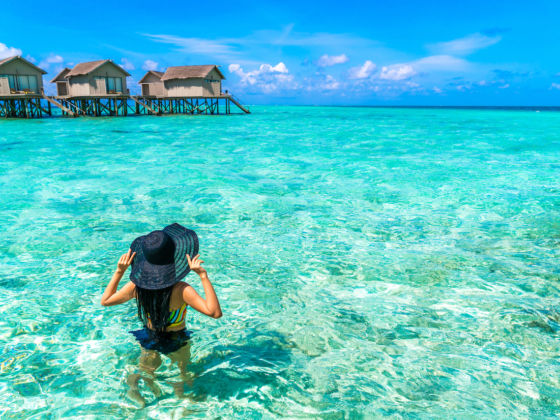Far too often, I find myself browsing through travel photography online. I probably have an unending list of other things I should be doing, but I can’t help looking through images of calming, aqua-blue Mediterranean waters, vast African plains covered by towering trees, and other faraway places, daydreaming of experiencing them one day.
There’s no doubt travel photography captures incredible images of foreign lands and cultures, but what happens when these images are set up? Should set-up shots be seen as artistic expression, or do they make travel journalism faker?
